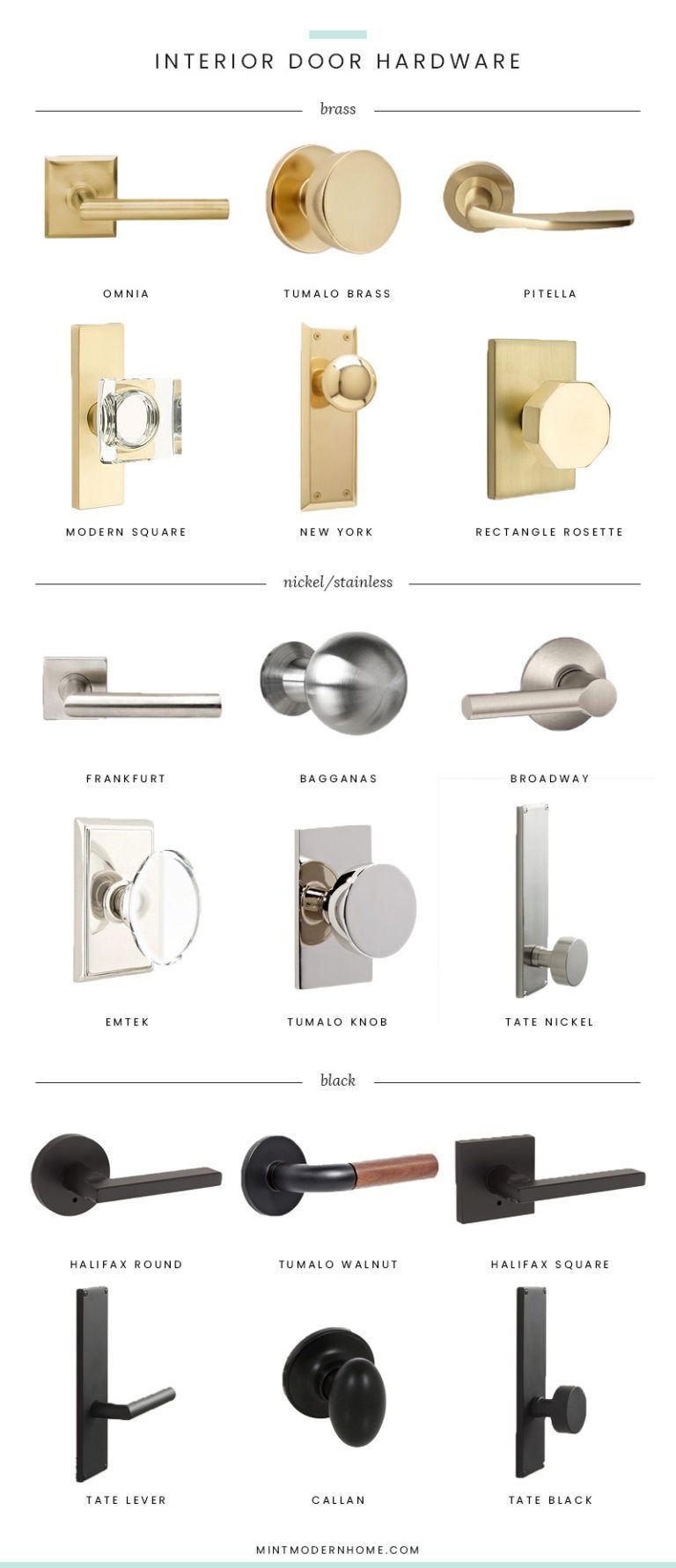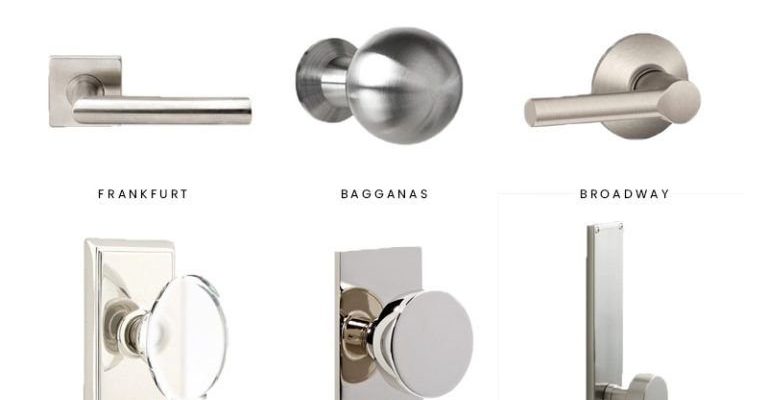
Choosing the right type of hardware can feel daunting, especially if you’re new to property management. You might be wondering about the best materials, the durability of different brands, or how to strike a balance between cost and quality. Let’s break this down together, so you can make informed decisions that will benefit both your wallet and your tenants’ experience.
1. Understanding Door Hardware Basics
Before diving into specific types of hardware, it’s essential to understand the basics. Door hardware usually includes knobs, handles, locks, and hinges. Each piece plays a critical role in how a door operates and how secure it is. Imagine trying to open a door with a rusty hinge—it’s frustrating, right? Not only that, but poor-quality hardware can lead to security issues, which is a major concern for renters.
When selecting door hardware, consider the various styles available. Do you want sleek modern handles or classic knobs? Each style comes with a different feel and function. Additionally, think about the finish. Hardware comes in many finishes, like brushed nickel, oil-rubbed bronze, or polished chrome. Each finish can impact the overall aesthetic of your property.
2. Assessing Durability for Rental Properties
Let’s face it: Rental properties get a lot of traffic. Durability should be at the top of your list when it comes to choosing door hardware. You don’t want to replace door knobs or locks every few months. Look for hardware made from high-quality materials. Brass and stainless steel are excellent choices for their strength and resistance to corrosion.
Here’s the thing: Not all hardware is created equal. Some brands are known for their durability and craftsmanship, while others might be more budget-friendly but could end up costing you more in repairs over time. It’s worth investing in well-reviewed brands that offer warranties. This can save you money long-term while ensuring tenants feel secure in their home.
3. Balancing Cost with Quality
Now, let’s talk about cost. It’s crucial to find a balance between quality and affordability. You might be tempted to go for the cheapest option, but that often leads to more issues down the line. Think of it like buying a pair of shoes. Investing in a good pair may cost more upfront but will last far longer than a cheap pair that falls apart after a few weeks.
Set a budget before starting your search for door hardware. There are established brands that offer a range of products at different price points, allowing you to find something that fits your needs without overspending. For instance, consider brands like Schlage or Kwikset, which often provide good warranties on their products, giving you peace of mind.
4. Different Types of Door Hardware
Now that you understand the basics, let’s explore the different types of door hardware. Each type serves different purposes and comes in various styles.
- Knobs: These are classic and often less expensive but may not provide the best grip for older or younger tenants.
- Handles: Lever handles are easier to use, especially for tenants with disabilities. They come in various styles and can offer a modern touch.
- Locks: Deadbolts add an extra layer of security and are worth considering for rental properties to ensure tenants feel safe.
- Hinges: Look for durable, rust-resistant materials. Continuous or piano hinges can be more robust for high-traffic areas.
Each piece of hardware plays a role in the overall functionality and feel of the space, so choose wisely.
5. Figuring Out Installation Needs
Installing new door hardware may seem straightforward, but it can get tricky depending on the type of hardware and door you have. Some tenants might expect you to handle this, while others might want to do it themselves to customize their space.
If you’re handy, it can be a simple weekend project. Most door hardware comes with installation instructions, making it easier to DIY. However, if you’re not comfortable or if you have multiple doors to update, hiring a professional can save you time and ensure it’s done right. Remember, a poorly installed handle can lead to frustration—or worse, injury!
6. Considering Aesthetics and Style
While durability and cost are crucial, you also want your rental property to look appealing. A well-chosen hardware style can elevate the entire feel of a room. Think of it this way: door hardware is like jewelry for your doors. It should complement the overall decor.
Consider the color schemes and design styles in your rental. For modern spaces, sleek and minimal hardware might be best. If your property has a more traditional feel, opt for classic shapes and finishes. Sometimes, mixing different styles can create a unique look, but do so carefully to avoid clashing.
7. Tips for Maintenance and Replacement
Once you’ve chosen and installed the hardware, maintenance is key to keeping everything in good shape. Regularly inspect knobs and hinges for wear and tear. If you notice a handle that’s loose or a hinge that’s starting to squeak, perform minor repairs before they turn into big problems.
You might even want to set up a schedule for replacing certain hardware after every few tenants to ensure everything looks fresh and operates smoothly. This can help maintain a high standard in your rental property and keep your tenants happy.
Closing out, choosing hardware for interior doors in rental properties doesn’t have to be a daunting task. By focusing on durability, cost, and style, you can create a comfortable and functional living space for your tenants. Take the time to understand your options, and you’ll make choices that you—and your renters—will be satisfied with for years to come.
